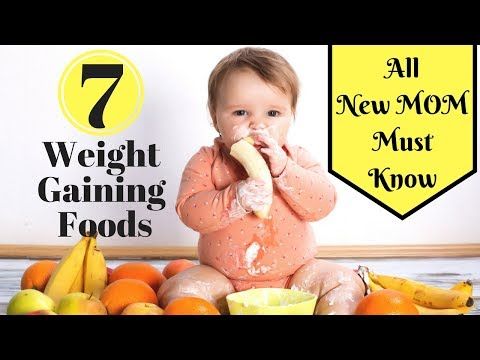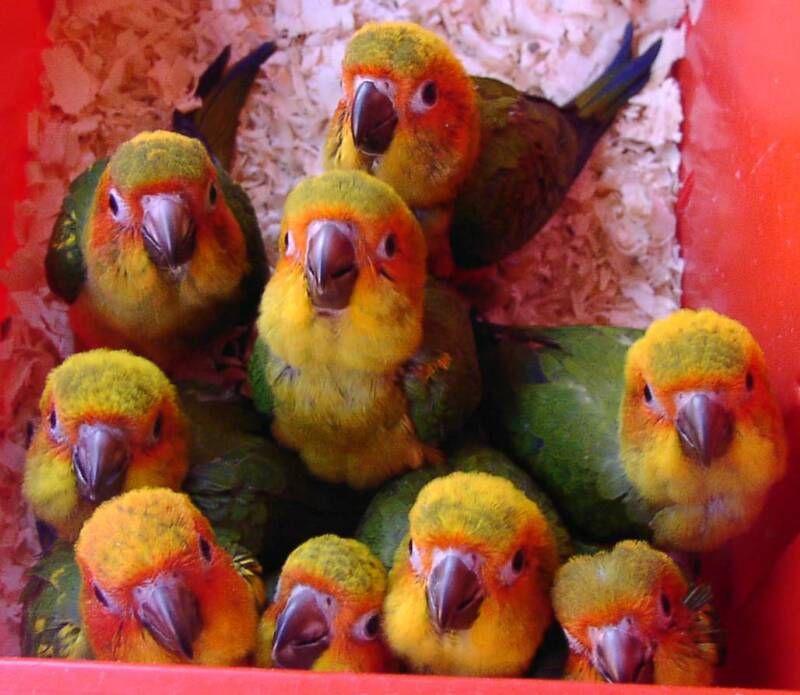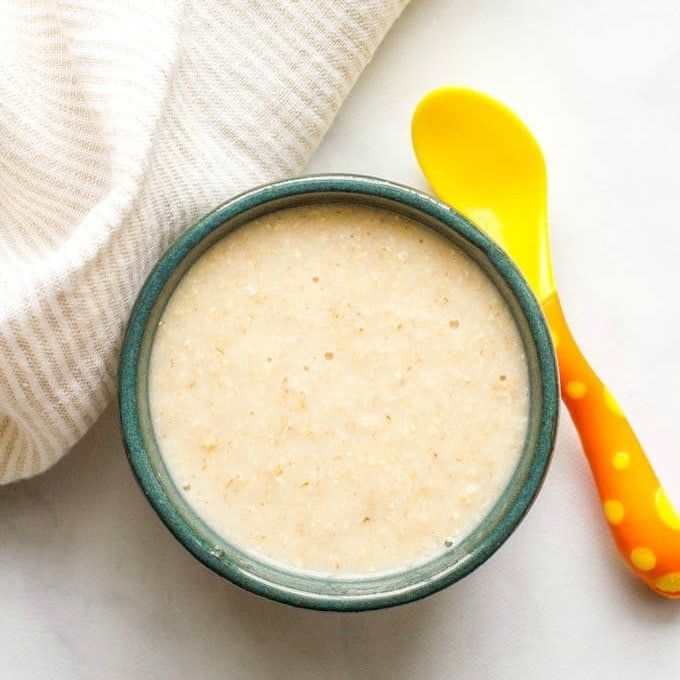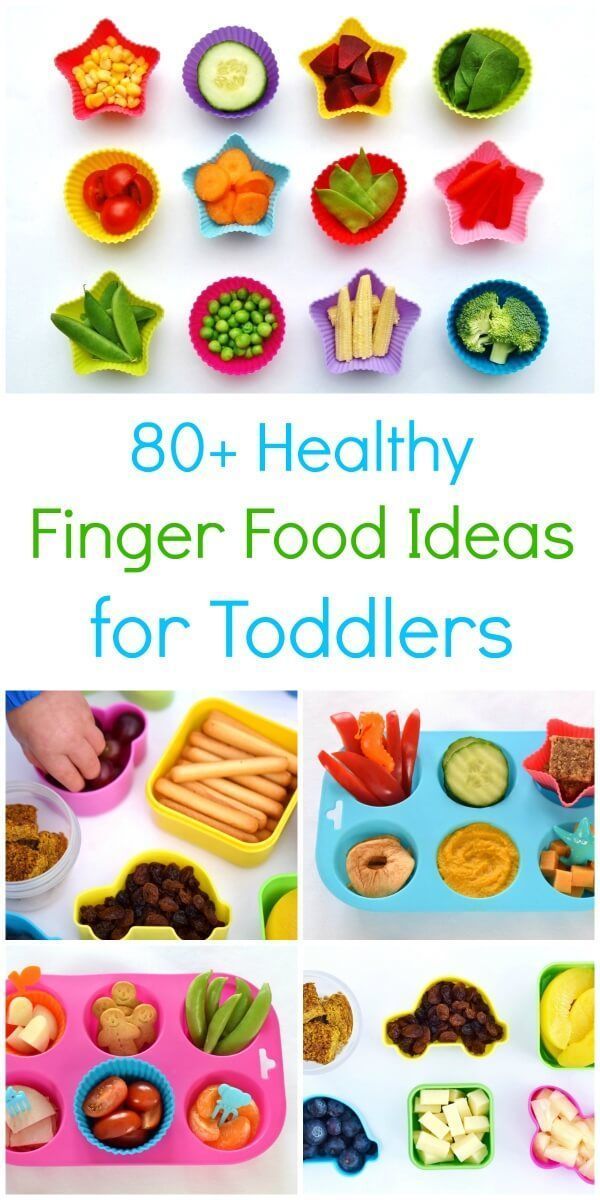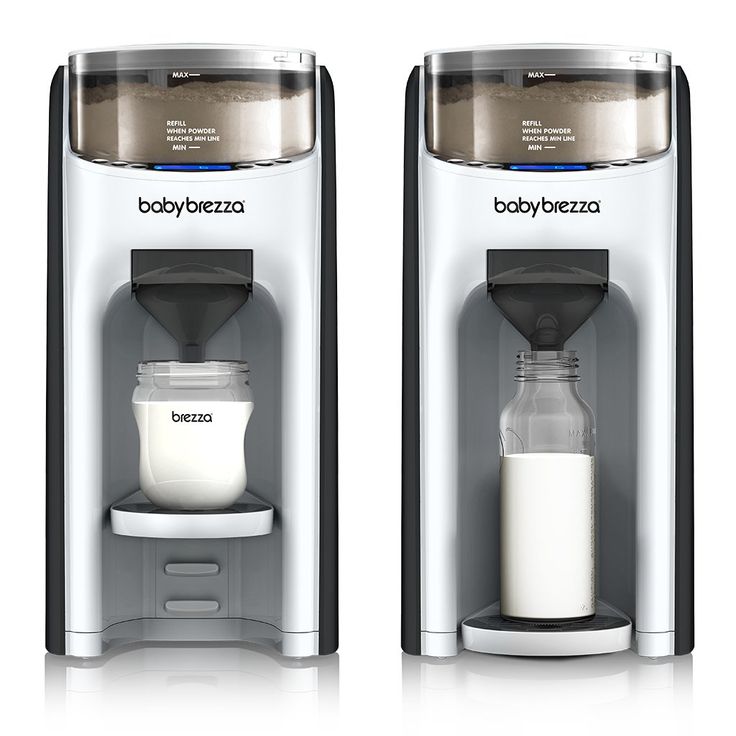Best foods for baby growth
Feeding your baby: 6–12 months
At 6 months of age, breastmilk continues to be a vital source of nutrition; but it’s not enough by itself. You need to now introduce your baby to solid food, in addition to breastmilk, to keep up with her growing needs.
Be sure you give your baby her first foods after she has breastfed, or between nursing sessions, so that your baby continues to breastfeed as much as possible.
When you start to feed your baby solid food, take extra care that she doesn’t become sick. As she crawls about and explores, germs can spread from her hands to her mouth. Protect your baby from getting sick by washing your and her hands with soap before preparing food and before every feeding.
Your baby's first foods
When your baby is 6 months old, she is just learning to chew. Her first foods need to be soft so they’re very easy to swallow, such as porridge or well mashed fruits and vegetables. Did you know that when porridge is too watery, it doesn't have as many nutrients? To make it more nutritious, cook it until it’s thick enough not to run off the spoon.
Feed your baby when you see her give signs that she's hungry – such as putting her hands to her mouth. After washing hands, start by giving your baby just two to three spoonfuls of soft food, twice a day. At this age, her stomach is small so she can only eat small amounts at each meal.
The taste of a new food may surprise your baby. Give her time to get used to these new foods and flavours. Be patient and don’t force your baby to eat. Watch for signs that she is full and stop feeding her then.
As your baby grows, her stomach also grows and she can eat more food with each meal.
Feeding your baby: 6–8 months old
From 6–8 months old, feed your baby half a cup of soft food two to three times a day. Your baby can eat anything except honey, which she shouldn't eat until she is a year old. You can start to add a healthy snack, like mashed fruit, between meals. As your baby gets increasing amounts of solid foods, she should continue to get the same amount of breastmilk.
Feeding your baby: 9–11 months old
From 9–11 months old, your baby can take half a cup of food three to four times a day, plus a healthy snack. Now you can start to chop up soft food into small pieces instead of mashing it. Your baby may even start to eat food herself with her fingers. Continue to breastfeed whenever your baby is hungry.
Each meal needs to be both easy for your baby to eat and packed with nutrition. Make every bite count.
Foods need to be rich in energy and nutrients. In addition to grains and potatoes, be sure your baby has vegetables and fruits, legumes and seeds, a little energy-rich oil or fat, and – especially – animal foods (dairy, eggs, meat, fish and poultry) every day. Eating a variety of foods every day gives your baby the best chance of getting all the nutrients he needs.
If your baby refuses a new food or spits it out, don’t force it. Try again a few days later. You can also try mixing it with another food that your baby likes or squeezing a little breastmilk on top.
Feeding non-breastfed babies
If you're not breastfeeding your baby, she’ll need to eat more often. She'll also need to rely on other foods, including milk products, to get all the nutrition her body needs.
- Start to give your baby solid foods at 6 months of age, just as a breastfed baby would need. Begin with two to three spoonfuls of soft and mashed food four times a day, which will give her the nutrients she needs without breastmilk.
- From 6–8 months old, she’ll need half a cup of soft food four times a day, plus a healthy snack.
- From 9–11 months old, she’ll need half a cup of food four to five times a day, plus two healthy snacks.
Healthy food groups: babies & toddlers
What is healthy food for babies and toddlers?
Healthy food for babies and toddlers includes a wide variety of fresh foods from the five healthy food groups:
- vegetables
- fruit
- grains
- dairy
- protein.
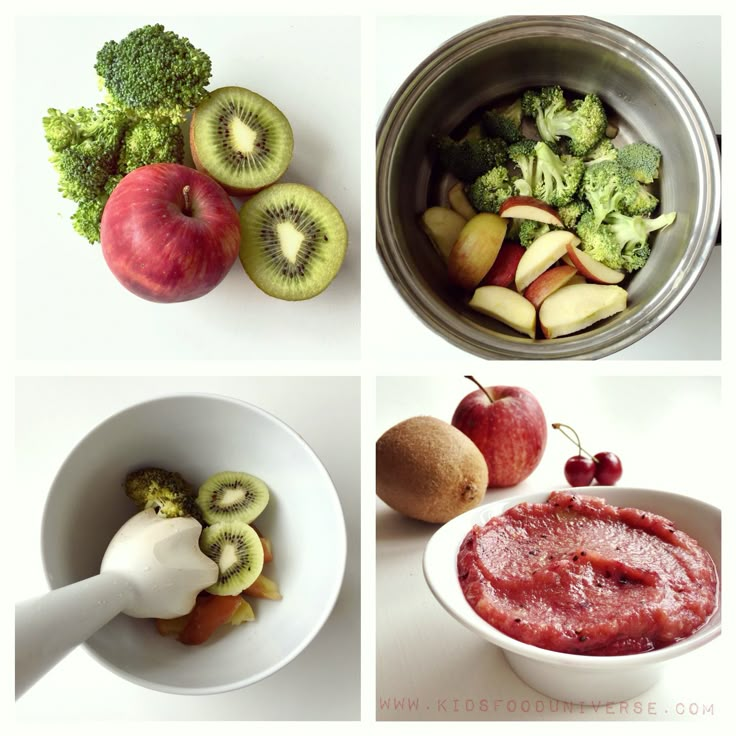
Each food group has different nutrients, which your child’s body needs to grow and work properly. That’s why we need to eat a range of foods from across all five food groups.
Going from drinking breastmilk or infant formula to eating family meals takes time, and your baby won’t be eating food from all five food groups straight away. Starting your baby on solids is the first step. Once your baby has started eating solids, try to include foods from a variety of groups at each meal.
Fruit and vegetables
Fruit and vegetables give your child energy, vitamins, anti-oxidants, fibre and water. These nutrients help to protect your baby from diseases later in life, including diseases like heart disease, stroke and some cancers.
It’s a good idea to offer your baby fruit and vegetables at every meal and for snacks. Try to choose fruit and vegies of different colours, tastes and textures, both fresh and cooked.
Wash fruit to remove dirt or chemicals, and leave any edible skin on, because the skin contains nutrients too.
Many children seem to be ‘fussy’ about eating fruit and vegies. You can help by being a healthy eating role model. If your child sees you eating a wide range of vegetables and fruit, your child is more likely to try them too.
Grain foods
Grain foods include bread, pasta, noodles, breakfast cereals, couscous, rice, corn, quinoa, polenta, oats and barley. These foods give children the energy they need to grow, develop and learn.
Grain foods with a low glycaemic index, like wholegrain pasta and breads, will give your child longer-lasting energy and keep them feeling fuller for longer.
Dairy
Key dairy foods are milk, cheese and yoghurt. These foods are good sources of protein and calcium.
Dairy foods can be introduced from around six months of age. But make sure that breastmilk or infant formula is your baby’s main drink until around 12 months of age, when most children are eating family meals. After that, you can give your child full-fat cow’s milk if they’re eating a balanced diet.
Because children in this age group are growing so quickly and need a lot of energy, they need full-fat dairy products until they turn two.
If you’re thinking of feeding your baby dairy alternatives, it’s best to talk to your paediatrician, GP or child and family health nurse.
Protein
Protein-rich foods include lean meat, fish, chicken, eggs, beans, lentils, chickpeas, tofu and nuts. These foods are important for your child’s growth and muscle development.
These foods also contain other useful vitamins and minerals like iron, zinc, vitamin B12 and omega-3 fatty acids. Iron and omega-3 fatty acids from red meat and oily fish are particularly important for your child’s brain development and learning.
Have a look at our illustrated dietary guidelines for children 1-2 years and illustrated dietary guidelines for children 2-3 years for more information about daily food portions and recommendations. You can also speak to a dietitian if you have concerns about your child’s eating.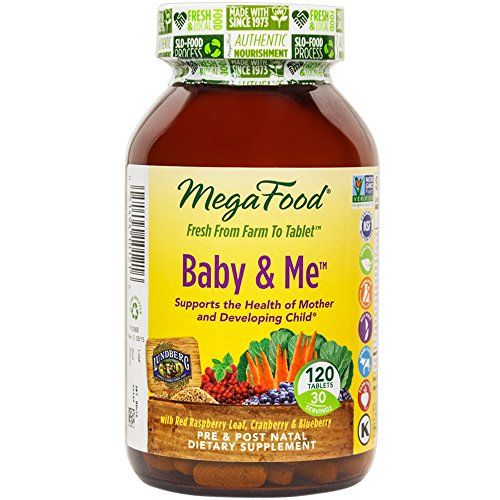
Healthy drinks
Water is the healthiest drink for children over 12 months. It’s also the cheapest. Most tap water is fortified with fluoride for strong teeth too.
From six months, breastfed and formula-fed babies can have small amounts of cooled boiled tap water from a cup.
Foods and drinks to limit
It’s best to limit the amount of ‘sometimes’ food your child eats. This means your child will have more room for healthy, everyday foods.
‘Sometimes’ foods include fast food, takeaway and junk food like hot chips, potato chips, dim sims, pies, burgers and takeaway pizza. These foods also include cakes, chocolate, lollies, biscuits, doughnuts and pastries.
‘Sometimes’ foods can be high in salt, saturated fat and sugar, and low in fibre. Regularly eating these foods can increase the risk of health conditions like childhood obesity and type-2 diabetes.
You should also limit sweet drinks for your child, including fruit juice, cordials, sports drinks, flavoured waters, soft drinks and flavoured milks. Sweet drinks are high in sugar and low in nutrients.
Sweet drinks are high in sugar and low in nutrients.
Too many sweet drinks can lead to unhealthy weight gain, obesity and tooth decay. These drinks fill your child up and can make them less hungry for healthy meals. If children regularly have sweet drinks when they’re young, it can kick off an unhealthy lifelong habit.
Foods and drinks with caffeine aren’t recommended for children, because caffeine stops the body from absorbing calcium well. Caffeine is also a stimulant, which means it gives children artificial energy. These foods and drinks include coffee, tea, energy drinks and chocolate.
Healthy alternatives for snacks and desserts
It’s fine to offer your child snacks, but try to make sure they’re healthy. Fruit and vegetables are a good choice – for example, grated or thinly sliced carrot or apple.
The same goes for dessert at the end of a meal. Sliced fruit or yoghurt are healthy options.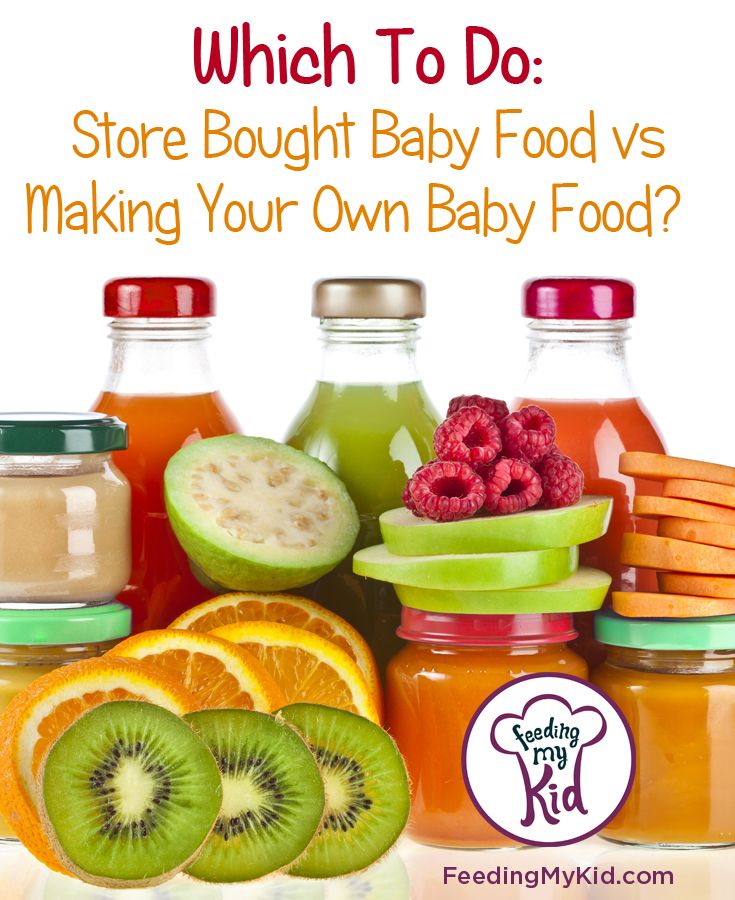 If you want to serve something special, try homemade banana bread. Save the seriously sweet stuff, like cakes and chocolate, for special occasions like birthdays.
If you want to serve something special, try homemade banana bread. Save the seriously sweet stuff, like cakes and chocolate, for special occasions like birthdays.
The Australian Guide to Healthy Eating says that both children and adults should avoid or limit sometimes food. It’s best to save these foods for special occasions.
Blogs
BlogsHome
Our Blog
All blogs News our life Interview Author! Sea of ideas Psychology Creation Collections Mass Media about us Let's go to the theater
Our lifeOCTOBER 2022. RESULTS OF THE MONTH Marshak.
News“Jozhik” and “Sirens” in the long list of the E.N. Uspensky
Long list of the Big Fairy Tale award.
NewsBook by Irina Ivannikova - "Let's go to the theater!"
New in Archipelago! collection of poems about the theater.
NewsOur books are on the long list of the S.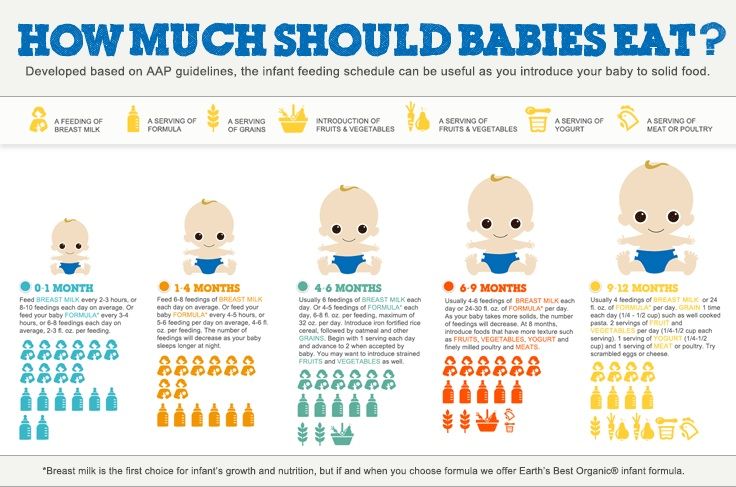 Ya. Marshak Prize
Ya. Marshak Prize
About the long list and the date of summing up the results of the All-Russian Literary Prize named after S. Ya. Marshak
News Reading competition "My discovery of Krapivin" in Sevastopol QUATROCENTO
NewsNew book by Nina Pavlova - “The first quarter. Notes of a first-grader»
New in «Archipelago»! A collection of hilarious stories about restless first graders.
Sea of ideasHow to help a child improve brain function?
We develop the right and left hemispheres with the help of games.
News"Archipelago" at the festival of family reading #KnowReadFest
Performance of our authors and presentation of novelties of the publishing house "Archipelago".
CollectionsBooks to help the librarian
CreativityWorkshop of a young artist: ROZY KOCHERYZHOI
NewsReaders are inspired by Tales of Builders Lane
A sea of ideasImproving reading skills
About strategies and types of reading, as well as ways to learn to read faster and better understand texts
FWD Archipelago publishing "Our life" .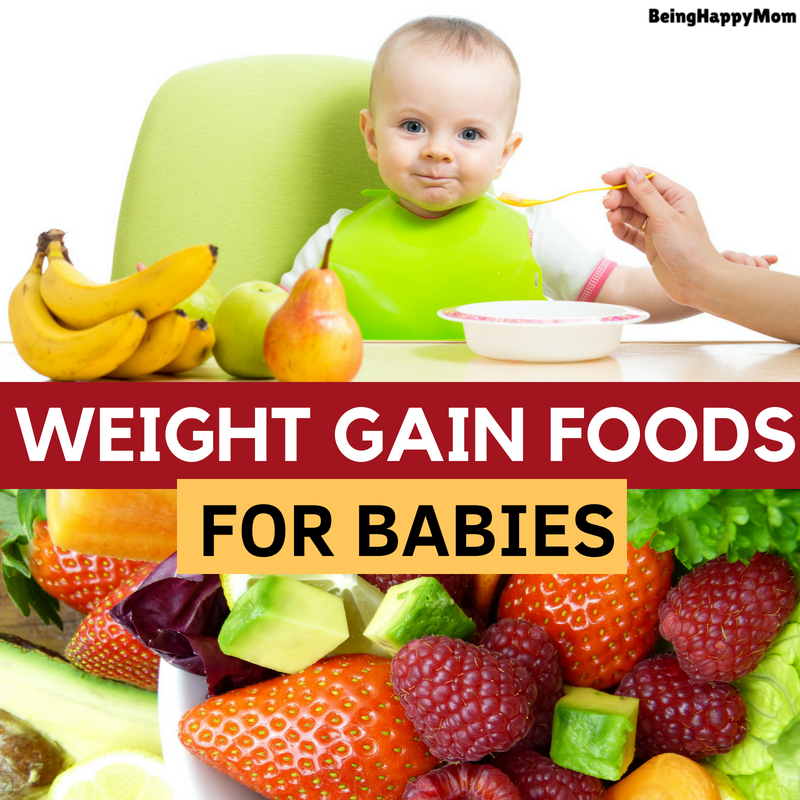 Woman Summit
Woman Summit NewsMeeting with Maria Lukyantseva in the library of the OKC SAO №46
Master class based on the game book "Sirens, Centaurs, Gorgons and Other Unseen Creatures of the Ancient World".
CreativityDictionary of a young artist: ULTRAMARINE
Our lifeResults of the online conference "Draw, sculpt, read"
Information on access to materials for those who wanted to attend but could not attend and New Year”
New in “Archipelago”! A new collection of stories about how a kindergarten on wheels is preparing for the New Year.
Our lifeResults of the Book Apple Tree Festival
We are talking about how the All-Russian Literary Festival "Book Apple Tree" was held.
Creativity Dictionary of a young artist: SYMBOLISM
NewsOnline meeting with the director of the publishing house "Archipelago"
We invite you to an online meeting with Svetlana Smolnyakova - director of the publishing house "Archipelago"!
NewsWe invite you to a meeting with Yulia Kuznetsova
NewsSigned for printing
Nina Pavlova's new book "The First Quarter" has been sent to the printing house.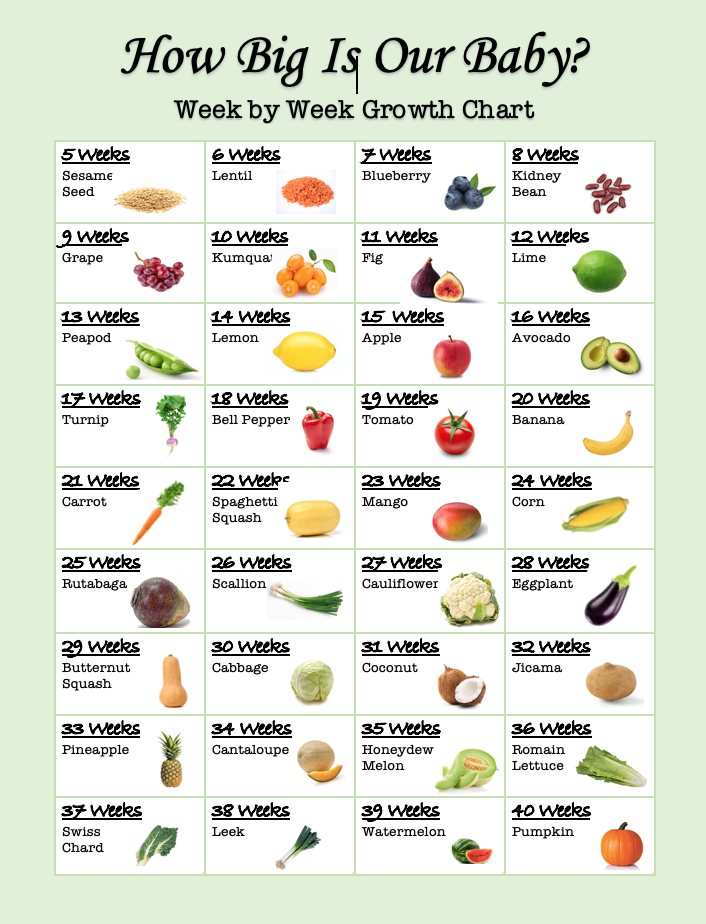
Media about usHow to develop a love of reading in a young schoolchild: 4 excellent books for first graders
Our lifeSeptember 2022. Results of the month
The main novelties of the fall, meetings with favorite writers and the announcement of a new online conference.
CreativityDictionary of a young artist: VERNISSAGE
NewsOnline conference “Draw, sculpt, read. Learning to read in the game»
NewsSigned for print
The New Year advent calendar based on Marina Taranenko's book «The Carousel King» went to the printing house.
Psychology The child complains about the teacher. What to do?
Understanding the causes and methods of resolving conflicts with teachers.
NewsArchipelago at the Book Apple Tree Festival!
From 28 to 30 September, the publishing house "Archipelago" will take part in the All-Russian Festival "Book Apple Tree" (Pskov)!
Proper development and growth of a child depends on the quality of nutrition
From 3 to 11 years old, your children are no longer in the "early childhood" category, but they have not yet matured into "teenagers".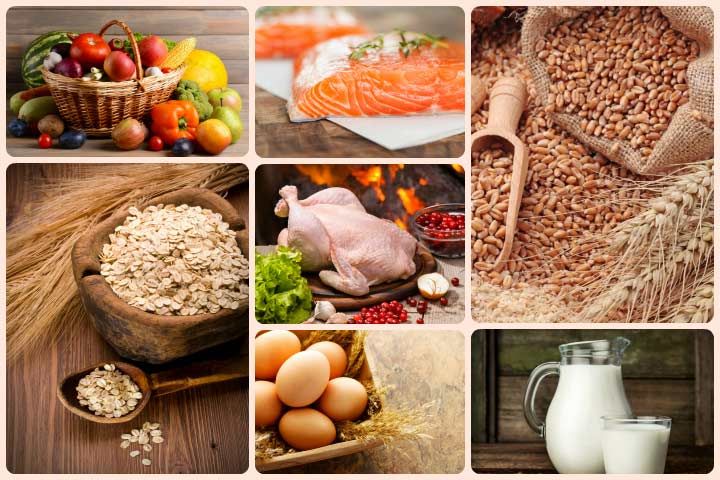 They can eat almost anything, depending on their appetite, but what separates a three year old from an eleven year old is nutritional needs and appetite. Therefore, it is important to follow the right diet for each age.
They can eat almost anything, depending on their appetite, but what separates a three year old from an eleven year old is nutritional needs and appetite. Therefore, it is important to follow the right diet for each age.
Diversify your children's diet. Teach your child to eat at the table slowly and observe 4 meals a day.
Balanced diet:
At least 5 times a day: Fruits and vegetables. They are rich in minerals, vitamins and fiber.
At least 3 times a day : Dairy products. They are rich in calcium and protein.
At every meal, optional : cereals, bread, potatoes. They are rich in carbohydrates.
1 or 2 times a day: Meat, fish and eggs enrich the body with protein.
Wishes : avoid excessive consumption of water (especially carbonated water)
Foods to avoid : fats (rich in lipids) and sugary foods.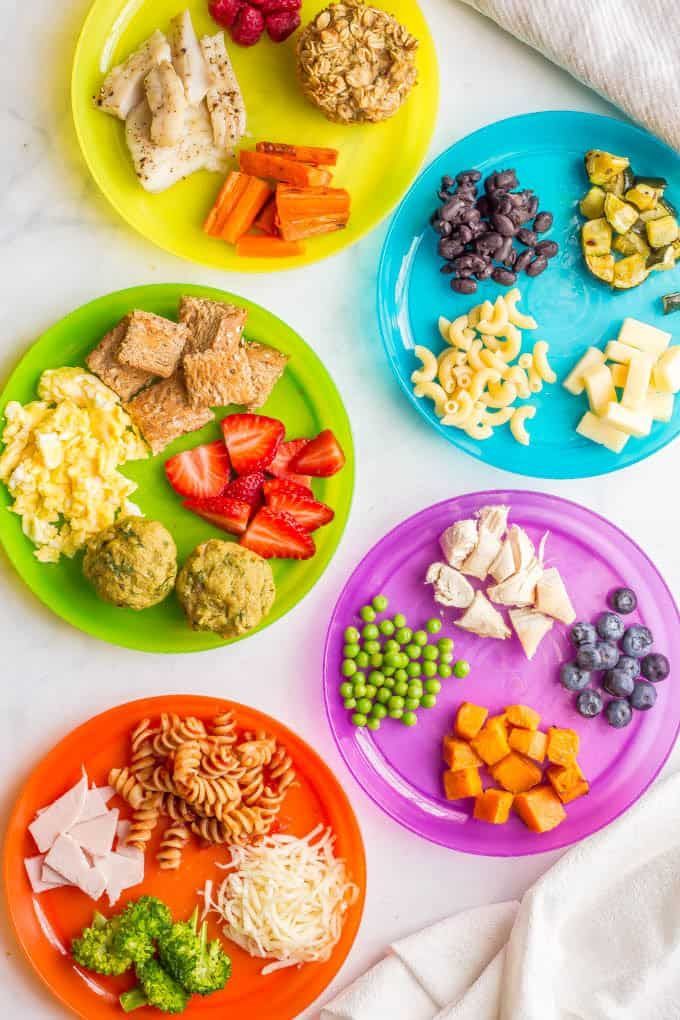
What promotes body growth, right: Calcium + Vitamin D
Calcium strengthens bones and teeth. It is found mainly in milk and dairy products. Vitamin D helps calcium to be well absorbed in the body!
Solution: PEDIAKID® Calcium C+
PEDIAKID® Calcium C+ has been specially formulated with a concentrated source of calcium (suitable for all children) to cover 100% of the daily requirement and improve absorption due to vitamin D. the formula is suitable for children with lactose intolerance or milk allergy. PEDIAKID® Calcium C+ is available as an acidic powder stick with When flavor that can be dissolved on the tongue or in a glass of water.
Your baby is growing, gaining weight, and as a result, the volume of circulating blood increases and there is a need for iron. Meat is a source of iron, its formula is well absorbed.
Eat at certain times
Your child should have 4 meals a day, regardless of school or holidays. It is important not to break this rhythm.
Meal example 4:
Breakfast : 1 dairy product (milk, yogurt) with a little chocolate e.g. + 1 fruit or fruit juice + cereal product (bread or cereals with corn flakes..)
Lunch : tomato or carrot + vegetables served with meat or fish. We can add flour cultures (rice, wheat..), for dessert yogurt or cheese + fruit.
Snack : cereal or fruit or yogurt. You can make toast, compote... Don't forget a glass of water!
Dinner : Meat or fish with vegetables (green salad and peas) + starch (pasta, lentils, bread) and finally cheese and fruit, for example.
In France, there are nutritional recommendations that are collected in GEMRCN and serve as guidelines for balanced nutrition. These guidelines provide guidance on the nutritional quality of a serving or portion size to be followed, and they apply to all food groups.
For meat, eg for one elementary school child: 60-71 g of meat (3 meatballs)
How to respond if your child is not eating well?
Try to keep a single food menu for the whole family and eat together with the child. Curiosity and enjoyment are contagious. The texture, smell, color of the new food may surprise your child. You don't have to force her to eat, but you can offer her food in various forms and encourage her to eat. Cooking and presentation can also make a big difference in the taste of food. For example - vegetables baked with cheese ....
Give your child a choice. . For example, present her some desserts: apple, orange or yogurt... Do not forget about sweets (cake, sweets..).
You can also take your child with you when you go shopping at the market or supermarket, for example, give him the opportunity to choose a piece of meat or fruit.